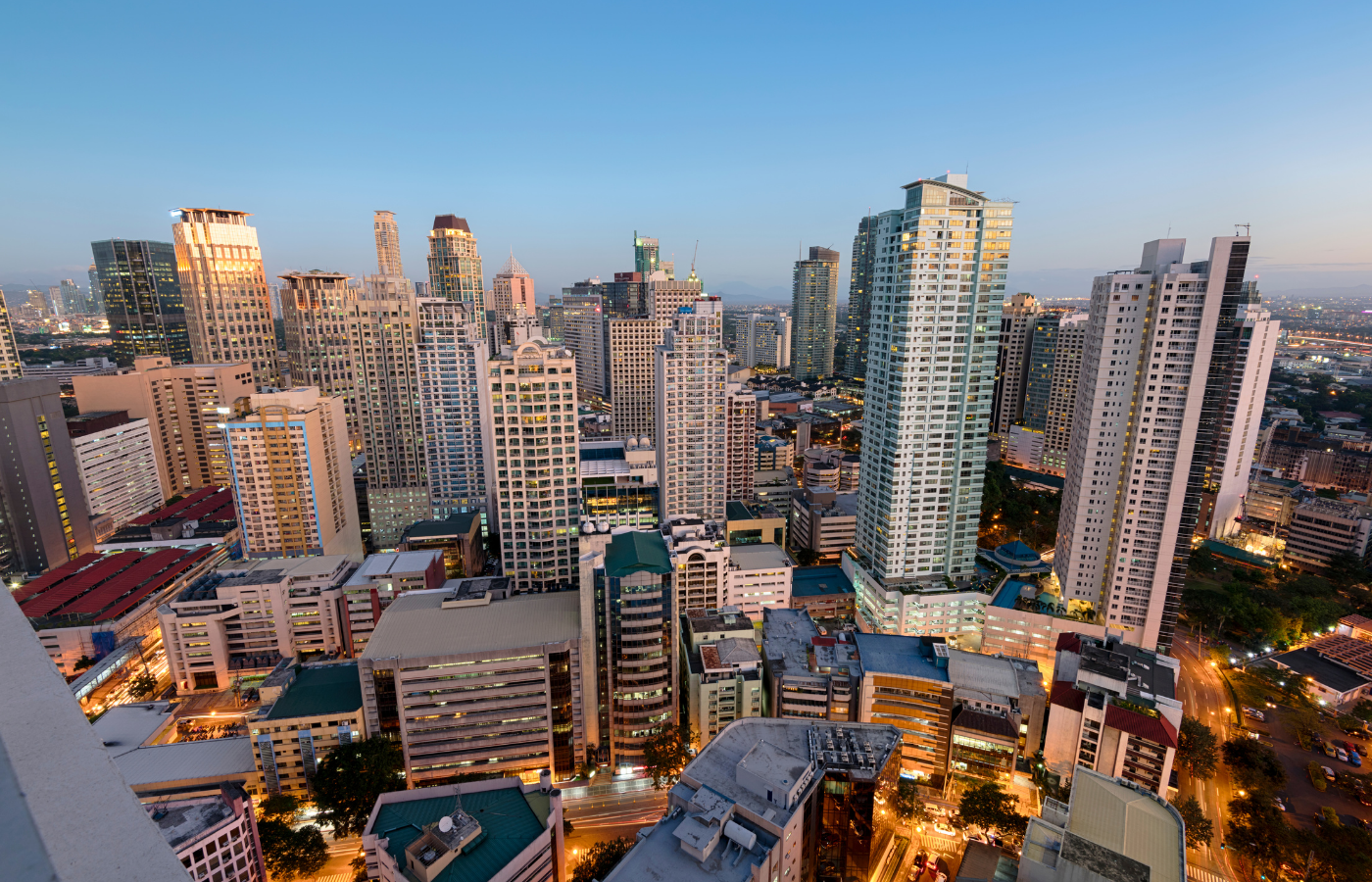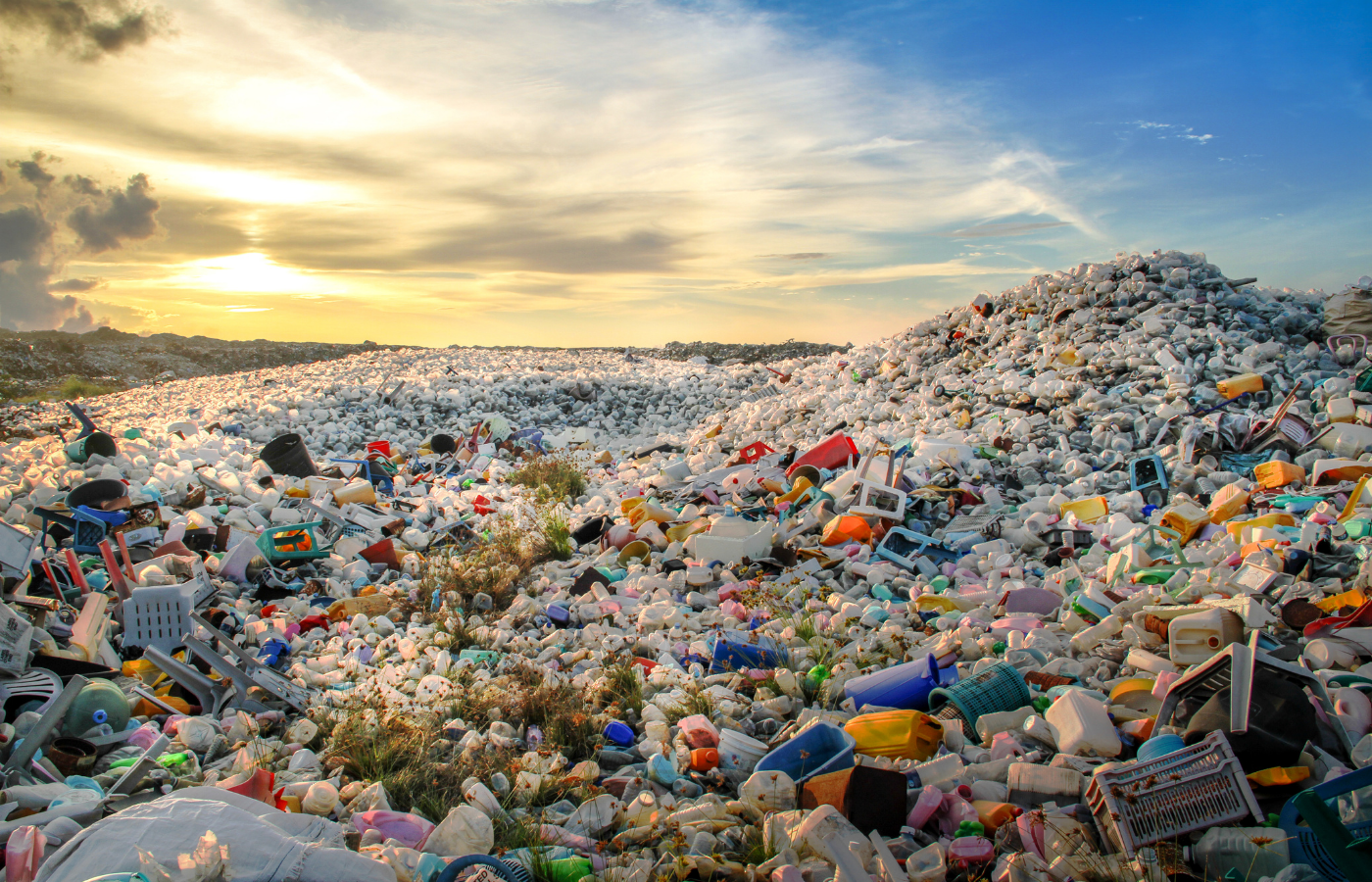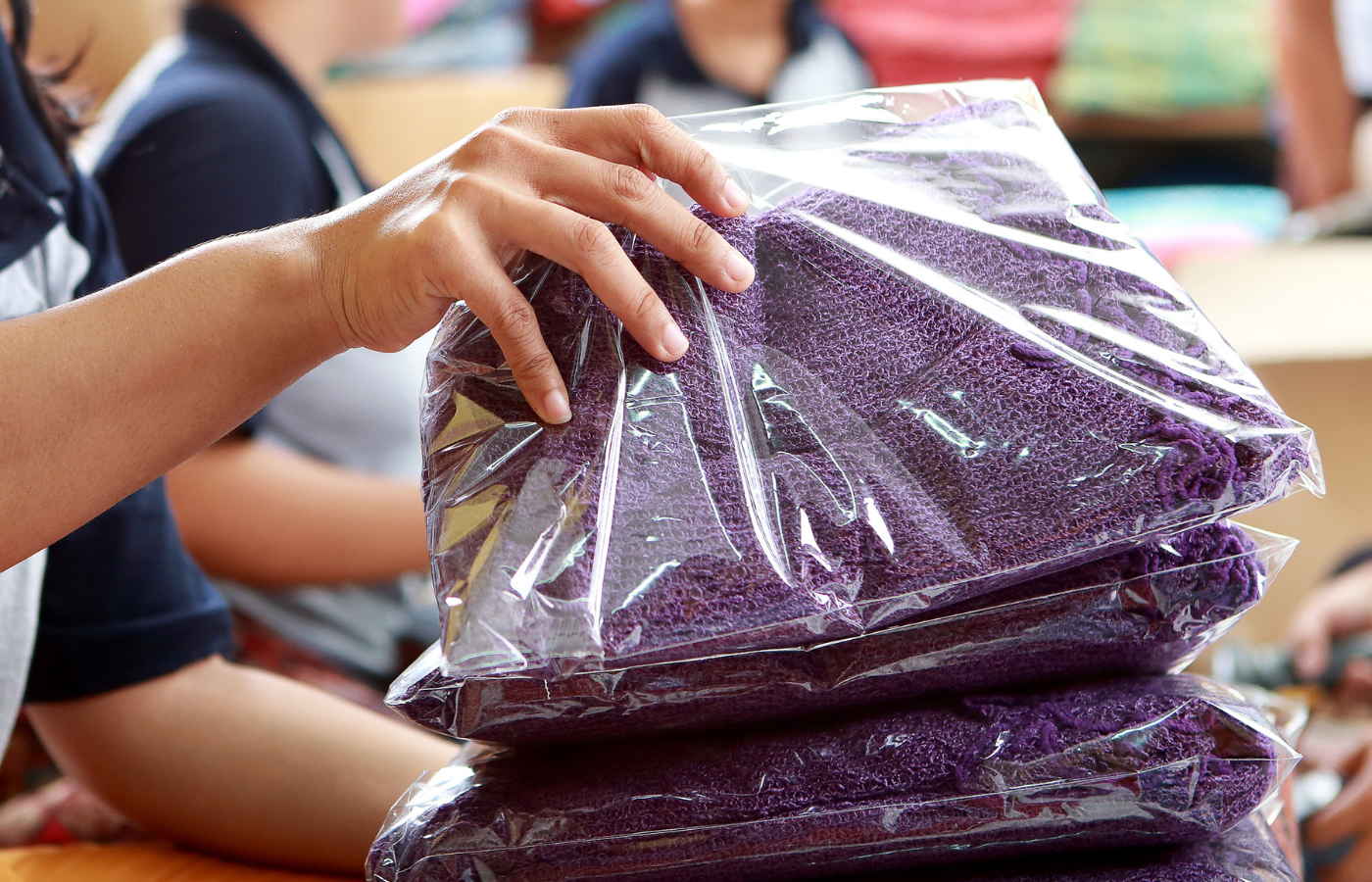With its breathtaking natural beauty and vibrant communities, the Philippines faces a growing crisis that threatens its environment and well-being: plastic waste pollution. In recent years, the archipelago has witnessed a surge in plastic waste, from urban centres to remote beaches.
In this AIC Insight, we'll take a closer look at the magnitude of the Philippines’ plastic waste pollution problem. We’ll explore the different the innovative solutions and strategies that may hold the key to a cleaner, more sustainable future.
Plastic Pollution in the Philippines: The Alarming Reality
The plastic waste crisis in the Philippines has reached a critical point, with numerous challenges and implications. These include:
- Marine Impact - Approximately 20% of this plastic waste finds its way into the ocean, devastating marine ecosystems and endangering marine life.
- Health Hazards - The improper disposal of plastics poses health risks to communities, as toxic chemicals leach into the soil and water.
- Urban Eyesore - Plastic pollution has transformed once-beautiful landscapes into unsightly and polluted areas, impacting tourism and quality of life.
The Human Toll of Plastic Waste
The plastic pollution problem continues to affect communities across the Philippines. People living in vulnerable areas, such as highly urbanised cities and coastal towns, bear most of the brunt.
Coastal Communities
Fishing communities face declining catches due to plastic contamination in waters and coastal areas.
Health Impacts
Plastic pollution contributes to health issues, particularly among marginalized communities living near polluted areas.
Economic Losses
Tourism, a vital sector for the Philippines, suffers as pristine beaches are marred by plastic debris.
Causes and Drivers of Plastic Pollution
A multitude of factors drives the plastic waste crisis in the Philippines:
- Single-Use Culture - The prevalence of single-use plastics, such as sachets, contributes significantly to the problem.
- Inadequate Waste Management - Gaps in waste collection, recycling, and disposal systems exacerbate the issue.
- Lack of Awareness - Limited awareness of plastic pollution's consequences hinders meaningful change.
- Economic Pressures - The "tingi-tingi" culture of selling small quantities in disposable packaging remains popular due to financial constraints.
Innovative Solutions: The Path Forward
Addressing the plastic pollution crisis in the Philippines requires a comprehensive strategy. This is where a multi-pronged approach is needed to solve each challenge.
1. Policy Reforms
- Extended Producer Responsibility (EPR) Act - The EPR Act holds manufacturers accountable for the entire life cycle of their products, encouraging sustainable practices.
- Single-Use Plastic Ban - Strict regulations and bans on single-use plastics can curb their consumption and production.
2. Waste Management
- Enhanced Collection Systems - Investments in efficient waste collection and recycling infrastructure are crucial.
- Community Engagement - Education and awareness programs empower communities to adopt responsible waste management practices.
3. Circular Economy
- Transition to a Circular Economy - A shift from a linear to a circular economy promotes recycling, reusing, and repurposing of materials.
- Innovation in Packaging - Eco-friendly packaging solutions and alternatives can reduce plastic usage.
4. Clean-Up Initiatives
- Coastal Clean-Up - Regular beach and coastal clean-up drives help remove existing plastic waste from sensitive ecosystems.
- Plastic Waste Banks - Encouraging the collection and exchange of plastic waste for rewards can incentivize recycling.
5. Education and Awareness
- Environmental Education - Integrating environmental education into school curricula fosters a sense of responsibility from a young age.
- Media Campaigns - Engaging media campaigns raise awareness and mobilize support for plastic pollution solutions.
6. Collaboration
- Public-Private Partnerships - Collaboration between government, businesses, and civil society organizations strengthens plastic waste management efforts.
- Innovation Hubs - Establishing innovation hubs and research centres can drive the development of sustainable alternatives to plastics.
Success Stories and Progress
Despite the heavy toll that plastic pollution has brought on Philippine communities, there is still hope for change. Various government and non-government organisations have launched initiatives to clean up existing plastic waste throughout the years.
There have also been efforts to introduce ways to minimise the Filipinos’ dependence on plastic containers and eliminate the tingi-tingi (micro-retailing) system.
- Community-Led Initiatives - Grassroots movements and community-driven clean-up efforts showcase the power of collective action.
- Eco-Entrepreneurship - Filipino entrepreneurs are leading the way in developing eco-friendly products and packaging.
- Policy Momentum - The Philippines' commitment to addressing plastic pollution through legislation and policy reforms is gaining momentum.
Investing in a Sustainable Future for the Philippines
The plastic pollution crisis in the Philippines is a complex challenge that requires concerted efforts from all stakeholders. However, with innovative solutions, policy reforms, and a commitment to sustainable practices, the country can overcome this crisis and build a cleaner, more resilient future.
By embracing a circular economy, redefining consumption patterns, and investing in responsible waste management, the Philippines can transform itself into a model of environmental stewardship. Together, we can work towards a future where the breathtaking beauty of the archipelago is preserved, communities thrive, and marine life flourishes in clean, plastic-free waters.
The solution to plastic waste lies within our grasp. We just need to embrace these initiatives for the sake of the Philippines as well as the rest of the planet.
For more news & insights, stay tuned to the AIC website.




